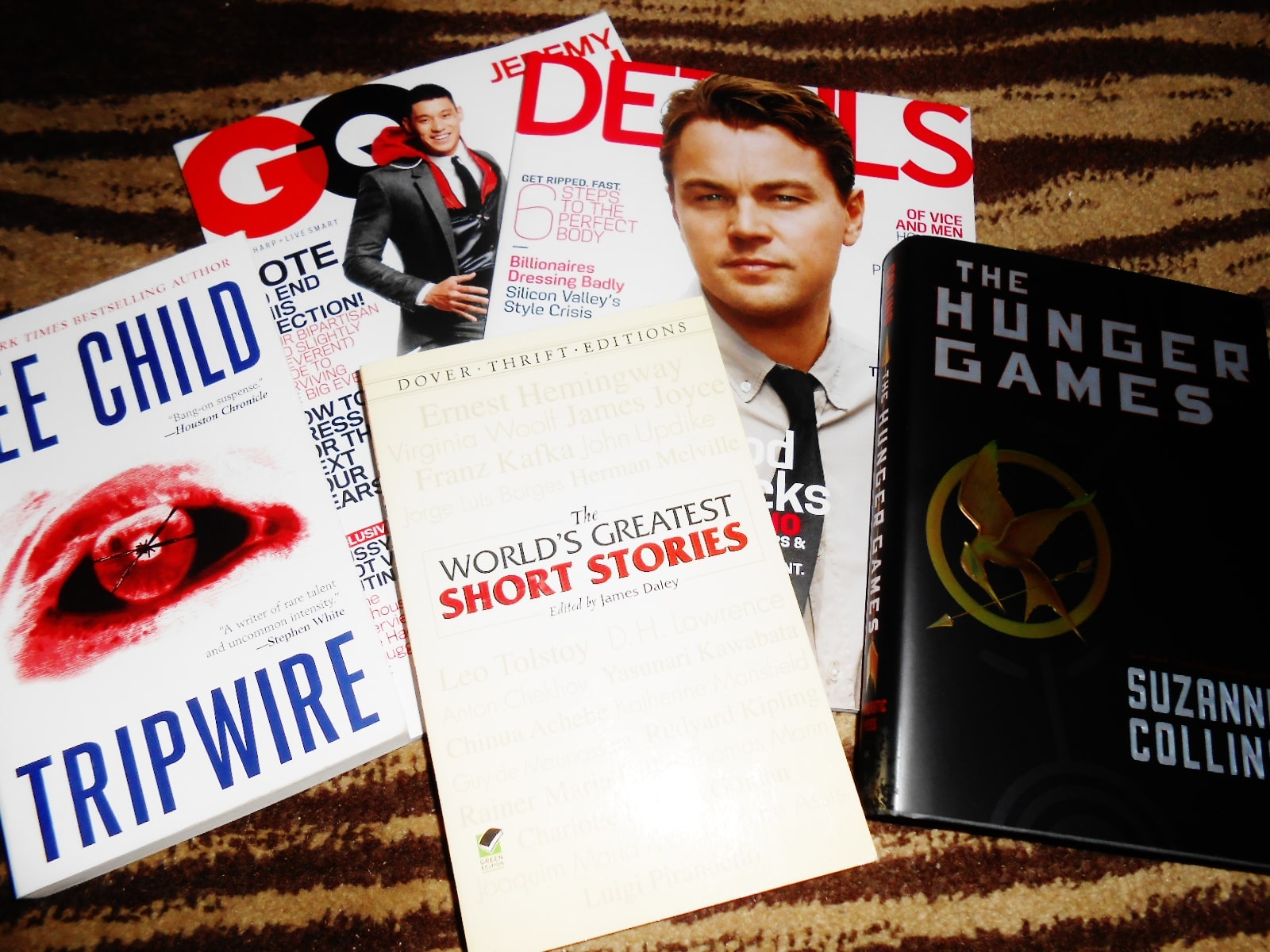The more that you read, the more things you will know. The more that you learn, the more places you’ll go.” ~ Dr Seuss
One of the highlights of my week at EC New York English school is Reading Circle on a Thursday. Observing students discuss literature, make personal connections to the text, and provide insights into characters is a delight. I am sure that some students would raise an eyebrow in response. For many people, reading and fun are not words that belong together; reading a book is not considered a “fun” way to spend an afternoon or evening. While it is understandable that reading in a second language is a challenge, reading has an essential role to play in developing English skills.
According to Paul Shoebottom, “Good readers can understand the individual sentences and the organizational structure of a piece of writing. They can comprehend ideas, follow arguments, and detect implications.” Shoebottom goes on to say that the best way to acquire a large vocabulary is to read extensively. Students have the opportunity to recognize words and expressions that they already know or have learned in class, and to learn new vocabulary by taking note of unfamiliar words and using a dictionary to find their meaning. Books and other authentic texts are rich in idiomatic language that so much of the English language is based on. Furthermore, there is a connection between reading and writing. Reading allows students to see grammatically correct sentences in context and this can serve as a model for their own writing. Regular reading stimulates imagination and creativity, helping writing to become more descriptive and original. Here is some advice that might help those of you who are not fans of reading: 1) Keep an open mind. Don’t decide that you aren’t going to enjoy a book, short story or article before you’ve even started reading it. 2) Be patient. Don’t put pressure on yourself to understand every single word on the page, and don’t give up after the first page because you think it’s too difficult. Take your time and focus on understanding the gist (main ideas) before trying to understand all the details.3) Choose something that interests you. If you have a choice in your reading material, choose something with which you can identify, or a topic that you understand because of past or current experience. If you are interested in fashion, read a fashion magazine like Vogue or Marie Claire. Perhaps a biography about your favorite singer or actor is more appropriate, or the sports section or a newspaper.4) Choose a text that is not too difficult. Make sure that your reading material is appropriate for your level. 5) Read as much as possible. When you have some time to kill, instead of playing games on your cell phone or texting friends or checking their status updates, try reading. A long subway ride or a flight can go a lot faster if you are engaged in a book or magazine. The expression practice makes perfect applies to reading as well – the more you read, the better you will get.6) Ask for help. If there is a particular paragraph or passage that is confusing or unclear, and a dictionary doesn’t provide much help, ask your teacher or a friend.7) Talk about what you have read. Reading Circle provides an excellent opportunity for you to share your reaction to what you have read, to offer opinions about the characters or themes or plot and to ask questions to enhance your understanding of the text. If you read something outside of Reading Circle, check online for any blogs or discussion boards about the text.
Here is some advice that might help those of you who are not fans of reading: 1) Keep an open mind. Don’t decide that you aren’t going to enjoy a book, short story or article before you’ve even started reading it. 2) Be patient. Don’t put pressure on yourself to understand every single word on the page, and don’t give up after the first page because you think it’s too difficult. Take your time and focus on understanding the gist (main ideas) before trying to understand all the details.3) Choose something that interests you. If you have a choice in your reading material, choose something with which you can identify, or a topic that you understand because of past or current experience. If you are interested in fashion, read a fashion magazine like Vogue or Marie Claire. Perhaps a biography about your favorite singer or actor is more appropriate, or the sports section or a newspaper.4) Choose a text that is not too difficult. Make sure that your reading material is appropriate for your level. 5) Read as much as possible. When you have some time to kill, instead of playing games on your cell phone or texting friends or checking their status updates, try reading. A long subway ride or a flight can go a lot faster if you are engaged in a book or magazine. The expression practice makes perfect applies to reading as well – the more you read, the better you will get.6) Ask for help. If there is a particular paragraph or passage that is confusing or unclear, and a dictionary doesn’t provide much help, ask your teacher or a friend.7) Talk about what you have read. Reading Circle provides an excellent opportunity for you to share your reaction to what you have read, to offer opinions about the characters or themes or plot and to ask questions to enhance your understanding of the text. If you read something outside of Reading Circle, check online for any blogs or discussion boards about the text. 

